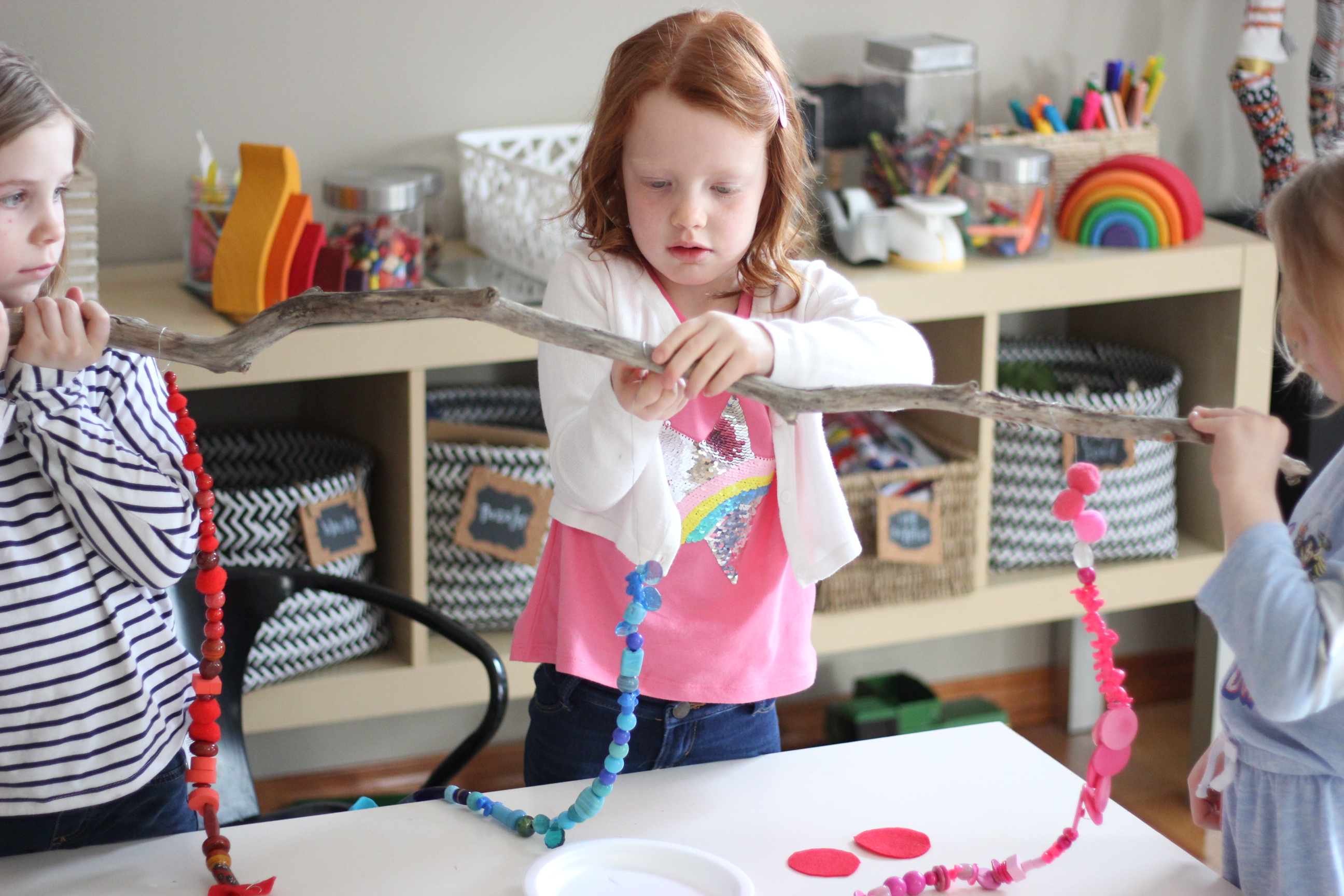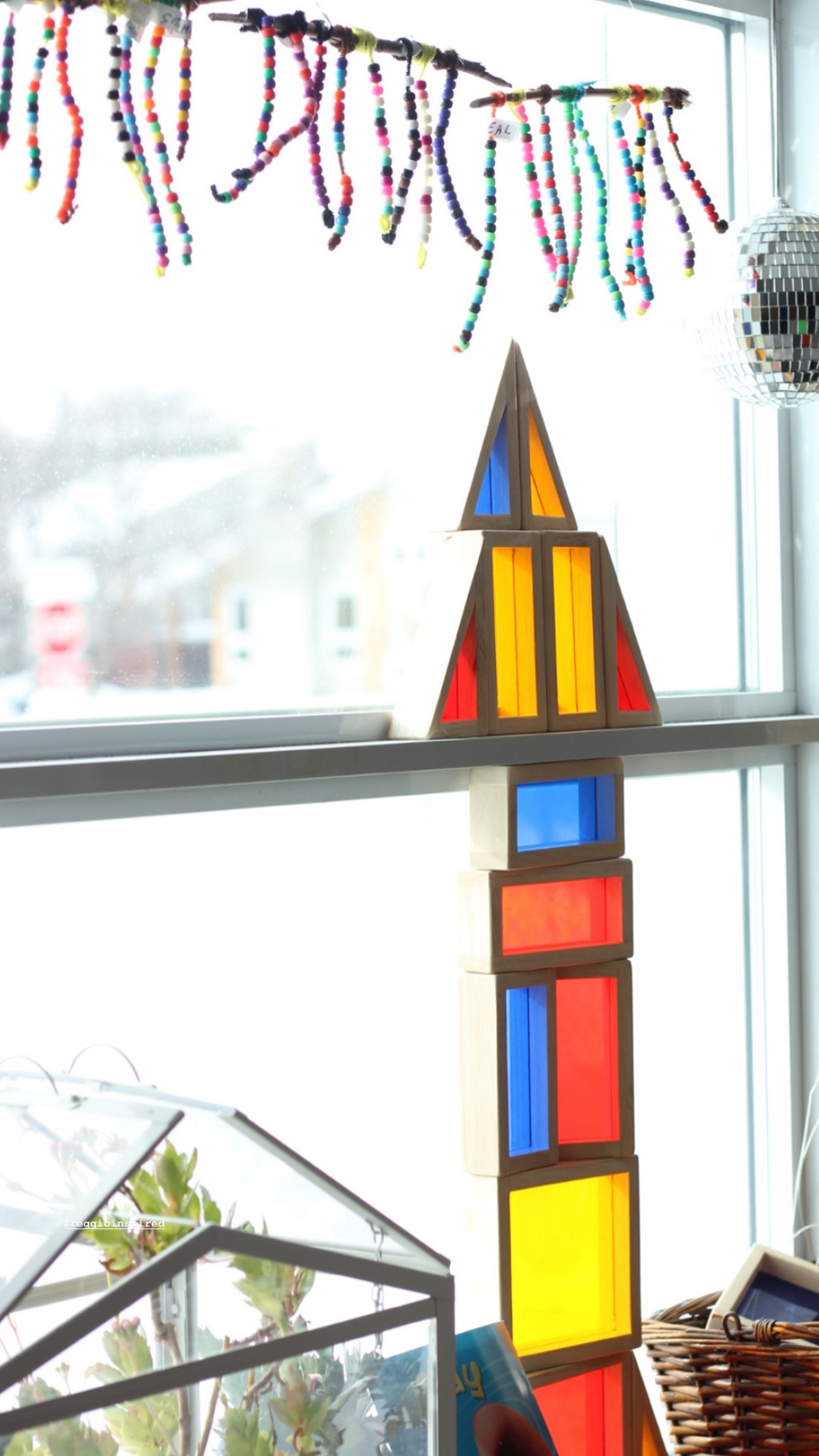Reggio-Inspired Homeschool Space: A Collection of Ideas Big and Small
Are you inspired by the home learning spaces you see on Pinterest, Instagram and homeschool blogs?
Have you ever wanted to re-vamp your learning space but...
a) you don’t have the space,
b) you don’t have the budget or
c) you fear your kids will just destroy it anyway?
You’re in the right place!
Today’s blog post features a bank of ideas to create a Reggio-Inspired learning space in YOUR HOME - big or small, that fits YOUR budget Big or small, that suits your family and your lifestyle.
Today, our goal is to re-imagine our learning space to inspire playful curiosity, creative exploration and joyful learning.
Ask yourself these questions:
What does our learning environment communicate about learning?
About how we view children?
What are the values, habits and attitudes we wish to foster in our students, and how can we do achieve this through our learning environment?
When looking through a Reggio-inspired lens, great emphasis is placed on the physical space that surrounds our kids. They call it "Ambiente" - and it includes everything from the textures, colors, materials AND feelings that a space evokes.
Words like “homey, comfy, inspiring, light, beautiful” are great descriptors for a thoughtfully designed Reggio-inspired environment.
Before we talk about the HOW and the WHAT of a well-organized, inspiring space, let’s talk about some of the QUALITIES and FEATURES of a well-designed space for learning.
A thoughtfully designed environment aims to foster student independence.
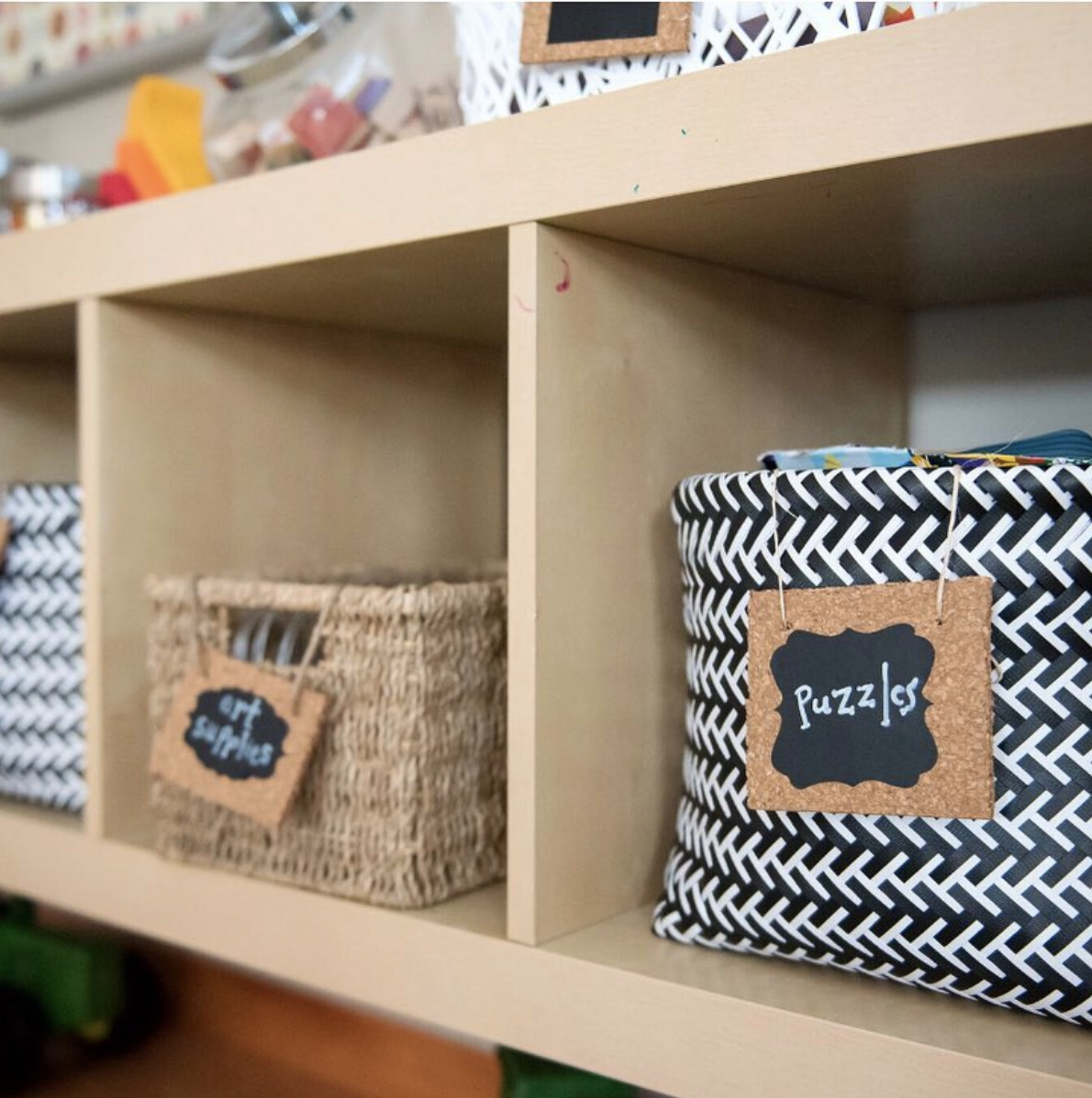
When we view children as capable and competent, we set up experiences, materials and spaces to promote independence, to foster ownership, and to participate in self-guided exploration.
When children can independently access and put away materials of their choosing, they develop a sense of self-confidence, ownership for learning and more likely to participate in their own investigations and self-guided exploration.
When learning materials are presented at eye level, in an appealing way, children are more inclined to explore independently, play and engage for longer and more sustained periods, ideas and experiences that are meaningful to them.
When items are presented in an attractive, organized way - including labels for easy access and clean-up, children are more likely to take ownership of class belongings.
Some criteria you may wish to consider when thinking about the goal of independence:
- are materials, toys, books and resources at the child’s eye level?
- Are the items presented in an inviting and beautiful way?
- Are baskets labelled for easy access and clean up, as well as to reinforce a print-rich environment?
- Less is more - Children play deeper and for more sustained periods when there is less to choose from. Do you set out items with intention, thinking about the purpose of each and every material, and how it will be used by your students? IS shelf space dedicated to students? Or are shelves piled with teacher resources, workbooks and texts?
A thoughtfully designed environment aims to foster engagement.
The materials we choose for our space say a great deal about how we view learning, and the experiences wish to create for our kids.
If we wish to open children’s imagination and cultivate curiosity, opt for open ended materials - loose parts, recyclables, as opposed to the educational toys you might find in a catalogue.
What kinds of materials best support children to play and learn with purpose?
What draws our children in? What are they interested in? What are they seeing, holding, picking up and noticing? These are questions that may help us to make intentional decisions about what you place (or remove from) your learning space.
Some success criteria you may wish to consider when thinking about the goal of engagement:
- are materials open-ended to inspire imagination and limitless possibilities?
- Do the materials, resources, books and toys represent a balance of children’s interest and ones you feel good about as an educator?
- Are materials thoughtfully presented to invite children to linger, think deeply and stay a while?
A thoughtfully designed environment aims to promote multi-literacies.
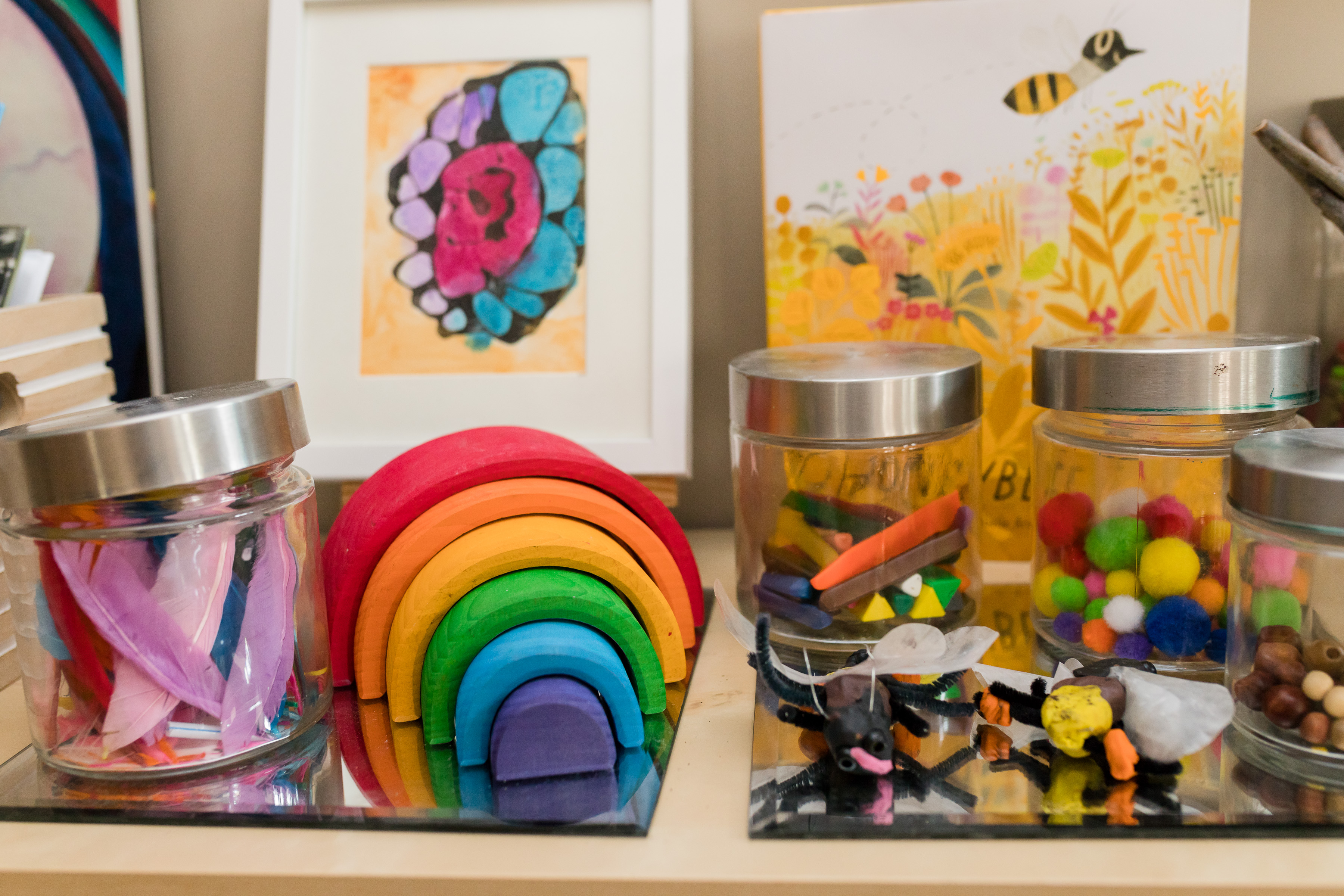
Children have 100 ways with which to communicate their ideas about the world.
When we set up learning centres in our classroom, it helps to think about our kids as scientists, mathematicians, creators and artists, musicians, storytellers and much more. Do children have the tools necessary to communicate their ideas? Are the many ways of knowing represented in your space? Offering real, authentic materials and high quality art supplies sends a message to children that they are respected as meaning-makers, full of potential and knowledge.
Some success criteria you may wish to consider when thinking about the goal of multiliteracies:
- do our children have the tools they need to represent their understanding in many ways?
- Can children do the work scientists, creators, musicians, mathematicians, inventors and more?
- Is this a space that makes you want to make art, explore science, write stories and more? If so, would you have everything you need to do what you want to do?
Now that we’ve identified some worthy goals with which to base our learning space designs, let’s talk about important elements and principles of design to help bring your learning environment to life.
The first is colour.

Children love colour. Colour brings interest and life to a space, but it’s important to use colour sparingly and with intention.
Think about pops-of-colour through accents like a play tent, or bean bag chairs or rugs.
Many of these can be sourced second hand, or for relatively cheap at stores like Walmart or Target.
Keep a neutral backdrop in your walls as well as storage units.
Bring colour in through art materials, housed in glass jars. Not only will the color of art supplies bring interest to your space, but it draws children in - free to discover and explore with media, rather than rifling through clumsy plastic containers to find the tools they need.
Infuse colour with children’s artwork - honour your kids as artists as you hang their art works throughout the space. You can also find inexpensive picture frames at the dollar store and display their art prominently on shelves if you don’t wish to nail your wall. Mobiles that hang from the ceiling also bring in a layer of whimsy into the space.
Light in our learning environment is also important.
Keep windows clear of posters, and other obstructions to bring as much natural light into the space. Bring in ambient lighting with twinkle lights or table lamps - also available at the Dollar store.
Texture is an element that brings interest, and plays on the multi-sensorial nature of children’s learning. Texture can stir up memory and emotions and add depth and interest to the space. Natural plants are woven into the landscape to act as props for storytelling and imaginary play. Poufs, woven cushions and cozy rugs are wonderful ways to bring texture in to the learning environment.
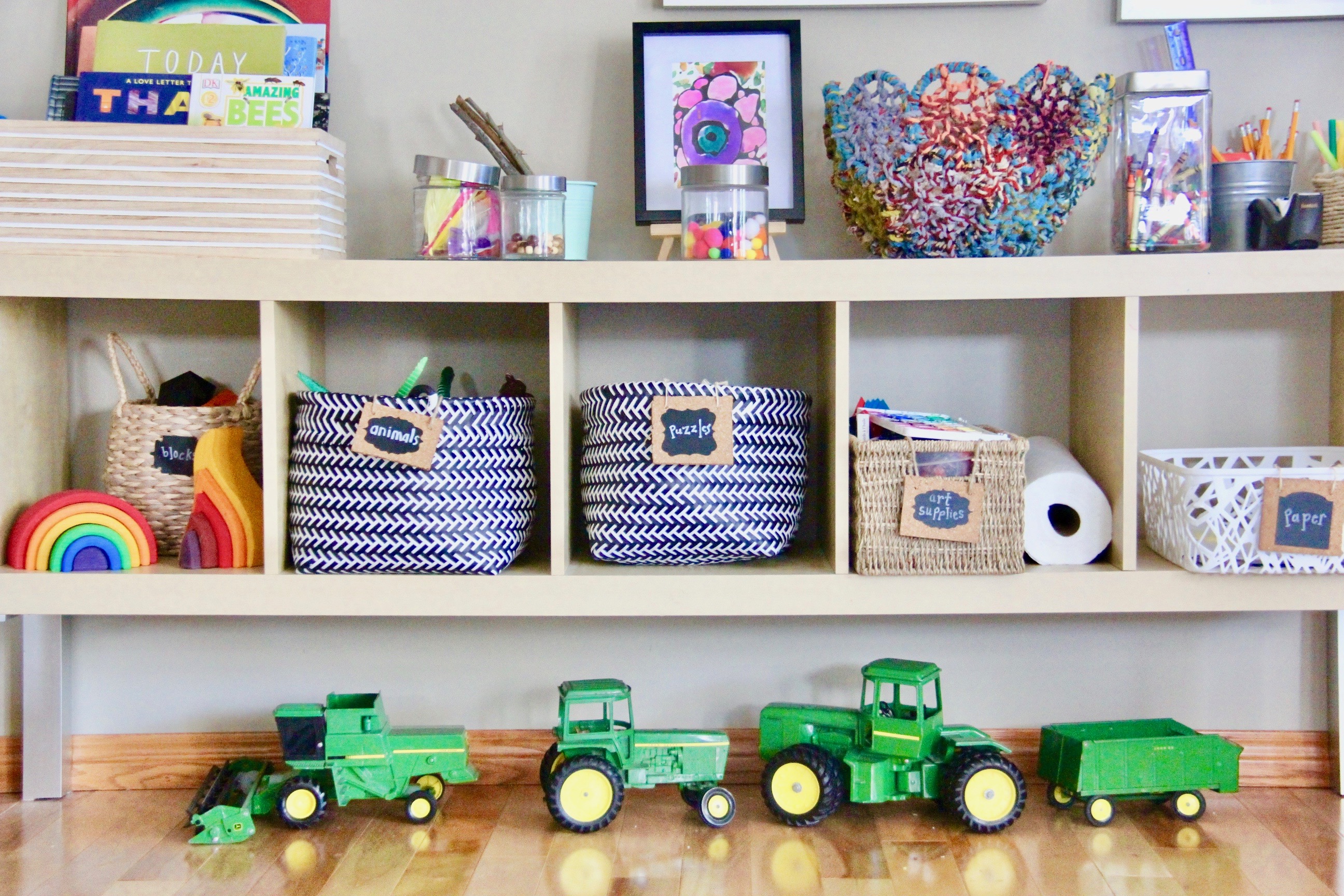
Natural woven baskets are a beautiful way to organize supplies, and bring texture to your space.
Natural elements - driftwood, seashell mobiles, loose parts are also a way to bring interest into the space.
If you are homeschooling in a small space, be inventive with how you utilize your space. Nooks under the stairs offer a cozy space for reading, small shoe racks with baskets are a great alternative to big bulky shelving systems.
Many families homeschool around the dining room table. Can you transform a dining room hutch or curio cabinet into a display of beautifully curated materials? Can you create hand-made alphabet charts and number lines in favor of commercially-printed posters?
The toys, books and materials we choose to display are also an important consideration.
Think of yourself as a museum curator - and not a collector. Less is more - you will find that your children will play for longer, more engaged and sustained periods when there is less to choose from.
Keep books forward facing in baskets or on picture ledges, so as not to overwhelm your child. This way, they can make intentional conscious decisions about what to read.
Space is yet another important consideration. How might students interact with the space within their environment? Opportunities for cooperative as well as independent play should be considered, as well as the pathways that children will take. Do the pathways flow and are centres connected logically to one another?
Use furnishings and rugs to define your spaces, as well as tents, canopies and other elements to create areas of interest.
Be sure to use nooks and small spaces to your advantage.
The environment we create for our children has enormous power to shape attitudes, behaviours and learning.
When we are clear about goals for learning, and the values, habits and attitudes we wish to foster in our students, we are able to create inspiring spaces to promote playful curiosity, creative exploration and joyful learning.
If you’d like a step-by-step process to transform your learning space, I offer a video workshop with companion workbook to help you design an intentionally organized, inspiring and streamlined space with my workshop Playful Learning Spaces. It comes bundled with the Epic Portraits workshop AND Time for Play E-Book - perfect ways to keep your kids busy and engaged this summer {off their devices!}

